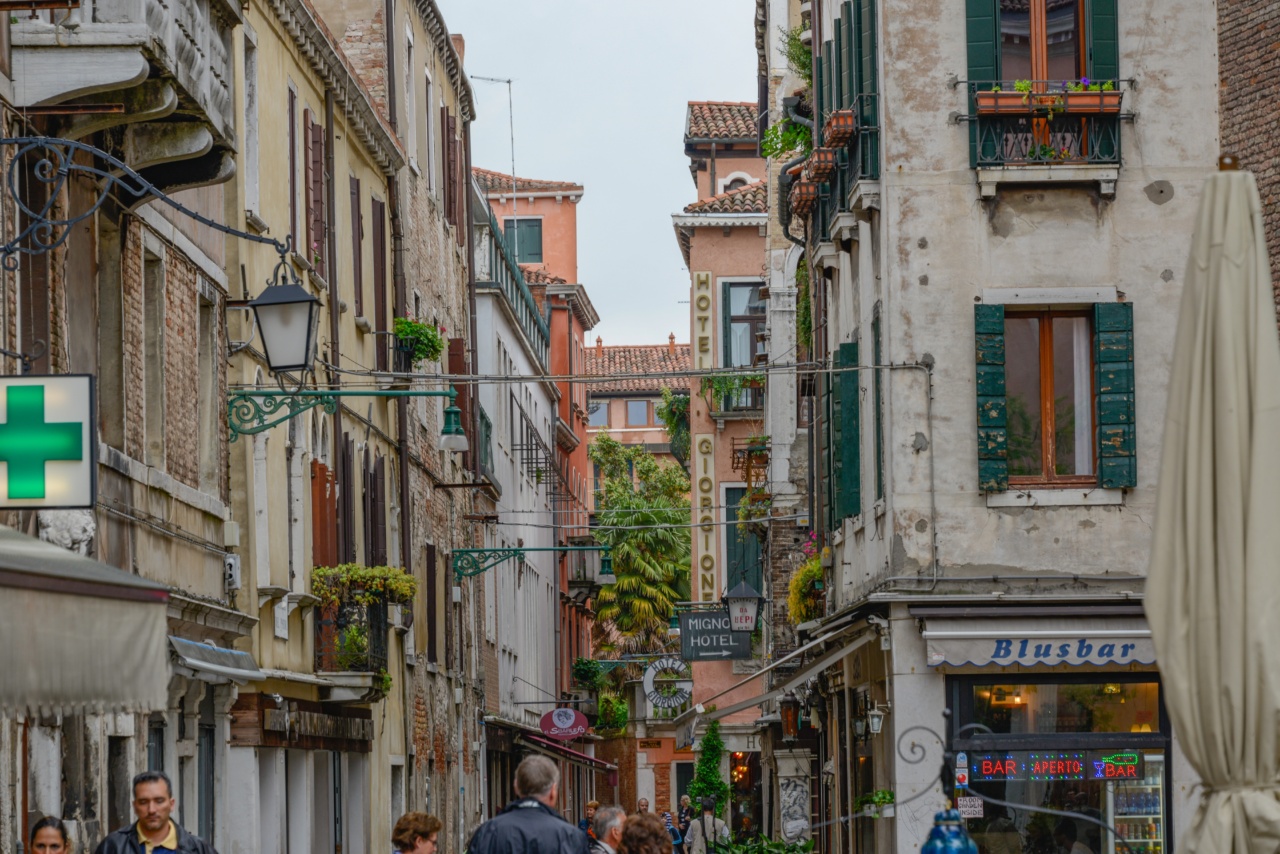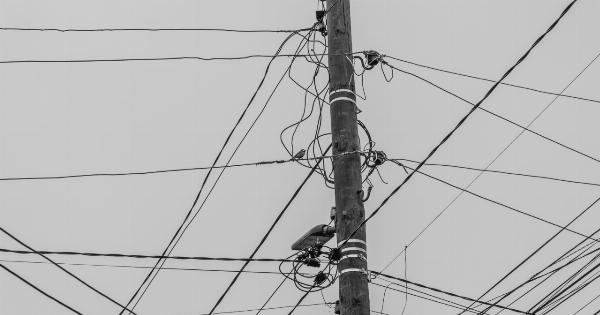Warts are one of the most common skin conditions, affecting people of all ages and backgrounds. Caused by the Human Papillomavirus (HPV), warts can appear anywhere on the skin, but most commonly occur on the hands, feet, and face.
While warts are generally harmless and will often go away on their own over time, it’s important to be able to recognize the signs of warts so that you can take measures to treat them if necessary. Here are the “tell-tale” signs of warts:.
1. Raised growths on the skin
One of the most obvious signs of warts is the presence of raised growths on the skin. These growths can vary in size and shape, and may be smooth or rough to the touch.
In some cases, warts may cause pain or discomfort, particularly if they are located on the feet or hands where they may be subject to pressure or friction.
2. Small black dots on the surface of the wart
Another sign of warts is the presence of small black dots on the surface of the wart. These dots are actually small blood vessels that have grown into the wart, and are often a sign that the wart is old or has been present for some time.
3. Warts that spread or multiply rapidly
If you notice that your warts are spreading or multiplying rapidly, this may be a sign that your immune system is struggling to keep the virus in check.
This can occur in people with weakened immune systems or those who have had multiple warts in the past.
4. Warts that are accompanied by other symptoms
In some cases, warts may be accompanied by other symptoms such as itching, burning, or pain. This is more common with warts that occur in sensitive areas such as the genitals or face.
5. Warts that recur after treatment
If you’ve had one or more warts in the past and have treated them, but they keep coming back, this may be a sign of a more stubborn strain of the virus that is resistant to treatment.
In this case, you may need to try a different treatment approach or consult with a dermatologist.
6. Warts that are located in the mouth or throat
Warts that occur in the mouth or throat can be particularly troublesome, as they can interfere with eating, drinking, and speaking. These types of warts are more common in people who engage in oral sex, and may require specialized treatment to resolve.
7. Warts that are located on the genitals
Genital warts are a form of HPV that is transmitted through sexual contact. These warts can be small and difficult to see, and may occur on the skin around the genitals, anus, or groin.
If you suspect that you have genital warts, it’s important to seek medical attention so that you can receive proper treatment.
8. Warts that are painful or bleed
In some cases, warts may be painful or may bleed when they are touched or irritated. This is more common with warts on the hands or feet, where they may be exposed to pressure or friction.
If your warts are causing you pain or discomfort, it’s important to seek treatment to alleviate the symptoms.
9. Warts that have an irregular shape or border
While most warts are round or oval in shape, some may have an irregular shape or border. This is more common with warts that have been present for some time, as they may become inflamed or irritated over time.
If you notice that your warts have an irregular shape or border, it’s important to have them checked by a dermatologist to rule out other skin conditions.
10. Warts that occur in clusters
Finally, warts that occur in clusters may be a sign of a more aggressive strain of the virus that is spreading quickly. These types of warts are more common in people with weakened immune systems, and may require more intensive treatment to resolve.
Conclusion
Warts can be unsightly and uncomfortable, but they are generally harmless and will often go away on their own over time.
If you notice any of the “tell-tale” signs of warts mentioned in this article, it’s important to seek treatment to alleviate any discomfort and prevent the virus from spreading. With the right treatment approach, you can get rid of your warts and restore your skin to its healthy, natural state.






























